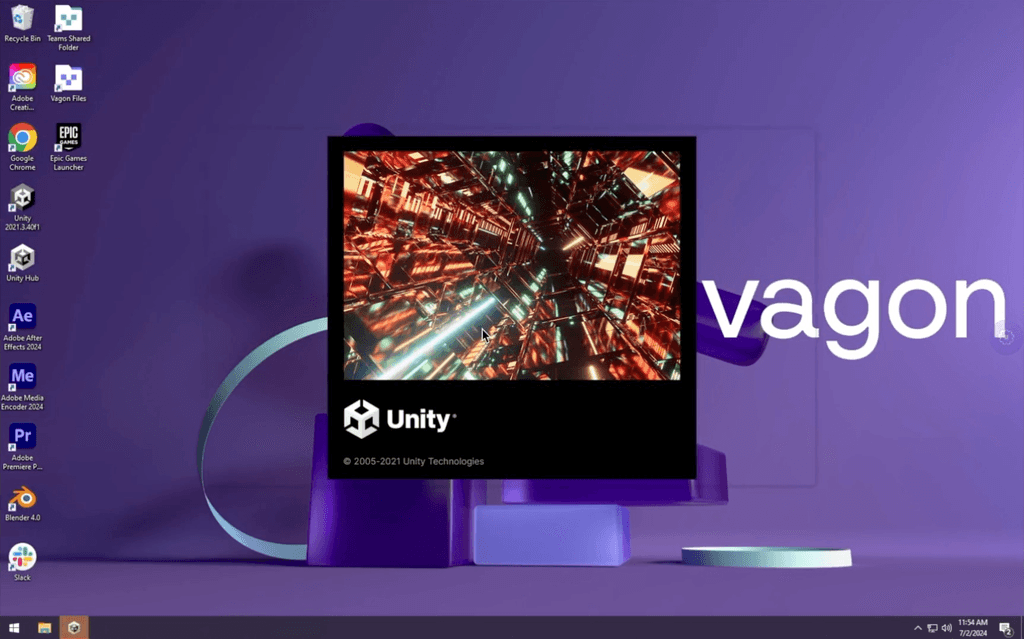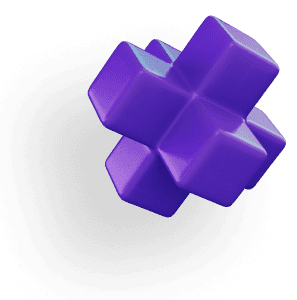HOW TO USE GPU
TensorFlow
TensorFlow is an open-source machine learning framework developed by Google. It facilitates the development and deployment of machine learning models across various platforms, including desktops, servers, and mobile devices. Its flexibility and comprehensive ecosystem make it a popular choice among researchers and developers for tasks ranging from deep learning to numerical computation.
System Requirements for TensorFlow
To ensure optimal performance with TensorFlow, your system should meet the following specifications:
Operating System
Windows: 64-bit Windows 7 or later (Windows 10 recommended)
macOS: Version 10.12.6 (Sierra) or later
Linux: 64-bit distributions
Hardware
Processor: Multicore Intel or AMD processor with 64-bit support
Memory: Minimum 4 GB RAM; 8 GB or more recommended for larger models
Storage: At least 5 GB of free disk space
Graphics: CUDA-enabled NVIDIA GPU for GPU acceleration (optional but recommended)
Software
Python: Version 3.8 or later
Pip: Latest version for package management
Meeting these specifications will help you get the most out of TensorFlow, ensuring efficient workflows and high-quality outputs.
Enabling GPU Acceleration in TensorFlow
Leveraging GPU acceleration in TensorFlow can significantly enhance the performance of your machine learning models. Here's how to enable it:
Verify GPU Compatibility
Ensure your system has a CUDA-enabled NVIDIA GPU.Install NVIDIA CUDA Toolkit and Drivers
Download and install the appropriate CUDA Toolkit and NVIDIA drivers from the NVIDIA website.Install cuDNN Library
Download and install the NVIDIA cuDNN library compatible with your CUDA version.Install TensorFlow with GPU Support
When installing TensorFlow, select the version that corresponds to your CUDA and cuDNN installation. For example, using pip:Verify CUDA Availability in TensorFlow
After installation, verify that TensorFlow can access the GPU:If it returns a list with GPU devices, GPU acceleration is enabled.
By following these steps, you can effectively enable and utilize GPU acceleration in TensorFlow.
Top Tips to Speed Up TensorFlow Models
Optimize Data Pipeline
Use thetf.dataAPI to build efficient input pipelines, enabling parallel data loading and preprocessing.Use Mixed Precision Training
Leverage mixed precision training to reduce memory usage and increase computational speed.Profile Your Model
Utilize TensorFlow's profiling tools to identify and address performance bottlenecks.Implement Gradient Accumulation
Accumulate gradients over multiple batches to effectively increase the batch size without additional memory consumption.Regularly Update Software
Keep TensorFlow and related libraries up to date to benefit from the latest performance improvements and features.
Implementing these strategies can help maintain smooth and reliable performance in TensorFlow.
Top Recommended GPUs for TensorFlow

NVIDIA A100 Tensor Core
Designed for high-performance computing, the A100 offers exceptional processing power, making it ideal for large-scale deep learning tasks.NVIDIA RTX 4090
With 24 GB of GDDR6X memory and a high number of CUDA cores, the RTX 4090 provides excellent performance for complex models.NVIDIA RTX A6000
This professional-grade GPU offers 48 GB of VRAM, suitable for handling extensive datasets and intricate neural networks.NVIDIA Tesla V100
Built for intensive computational tasks, the Tesla V100 delivers outstanding performance for demanding AI workloads.NVIDIA RTX 3090
A more affordable option with 24 GB of GDDR6X memory, the RTX 3090 is effective for advanced deep learning applications.
Selecting a high-performance GPU enhances TensorFlow's capabilities, ensuring faster computations and better support for data-intensive applications.
Enhance Your Workflow with Vagon
To further accelerate your deep learning projects and streamline your workflow, consider utilizing Vagon's cloud PCs. Powered by 48 cores, 4 x 24GB RTX-enabled NVIDIA GPUs, and 192GB of RAM, Vagon allows you to work on your projects faster than ever. It's easy to use, right in your browser. Transfer your workspace and files in just a few clicks and experience the difference for yourself!






